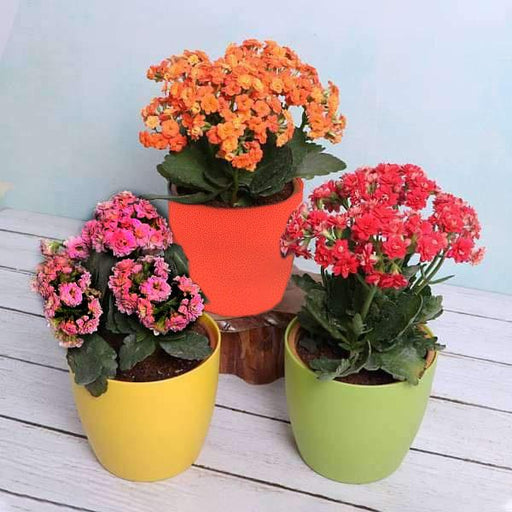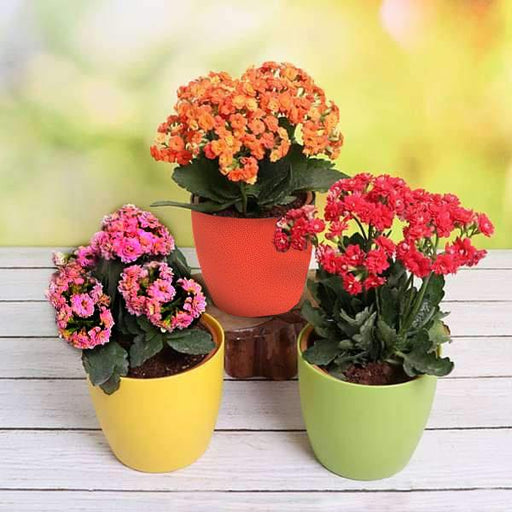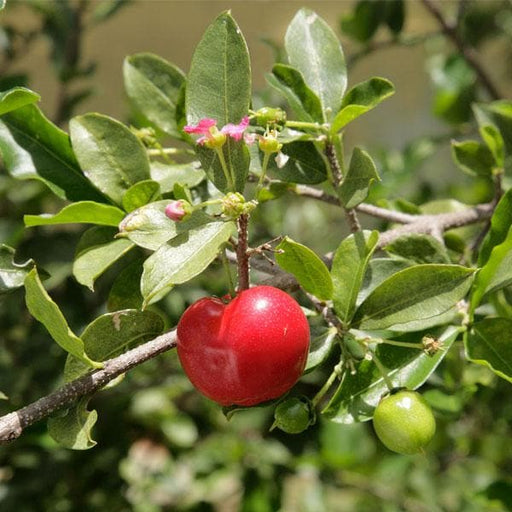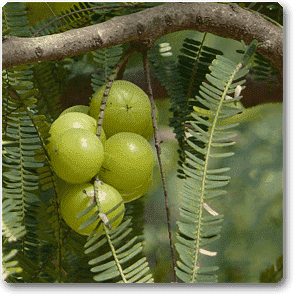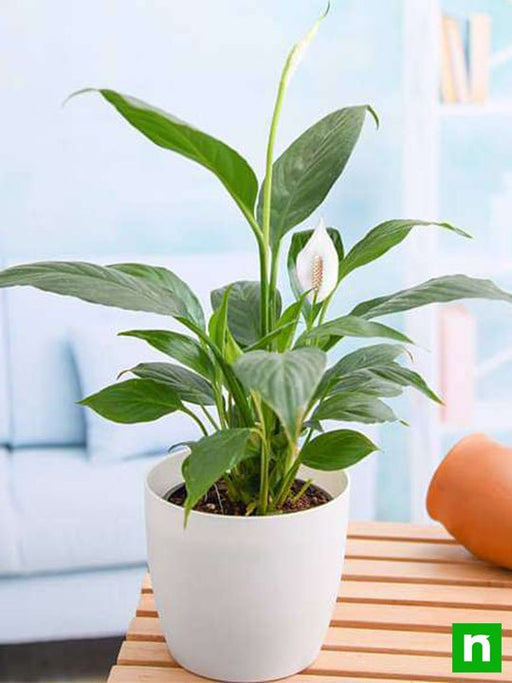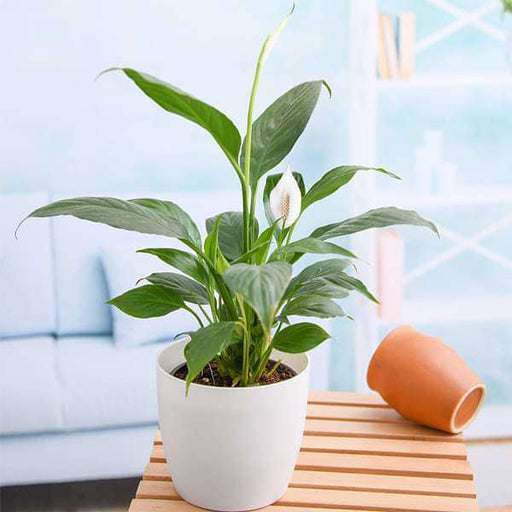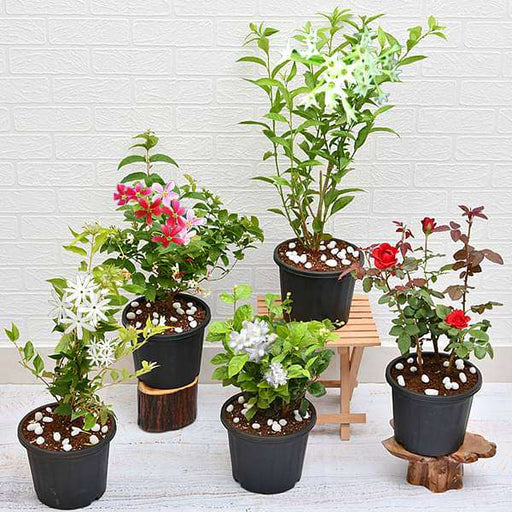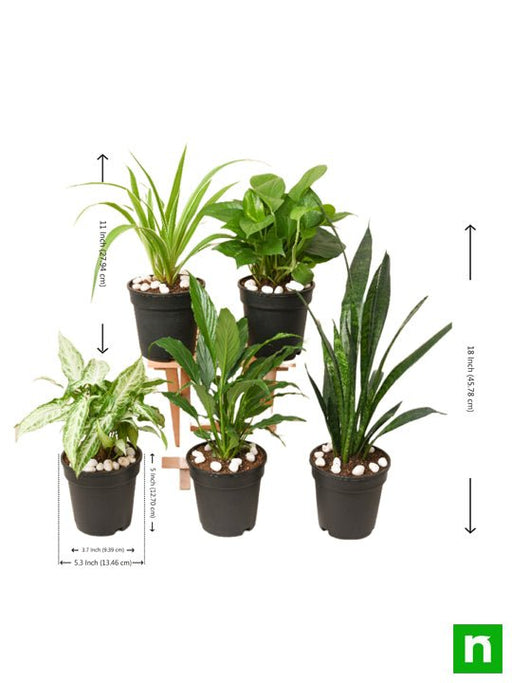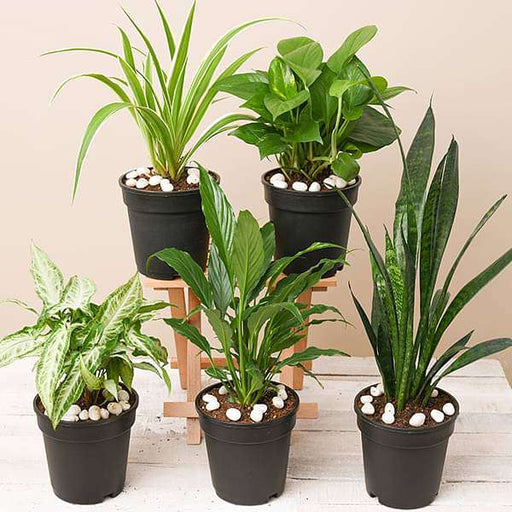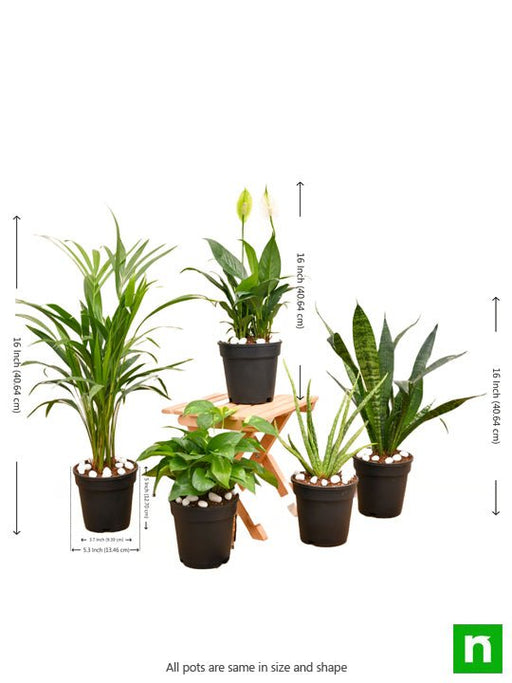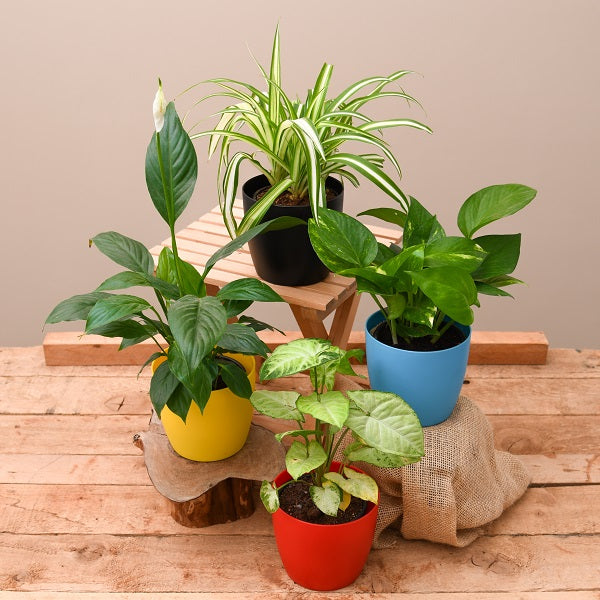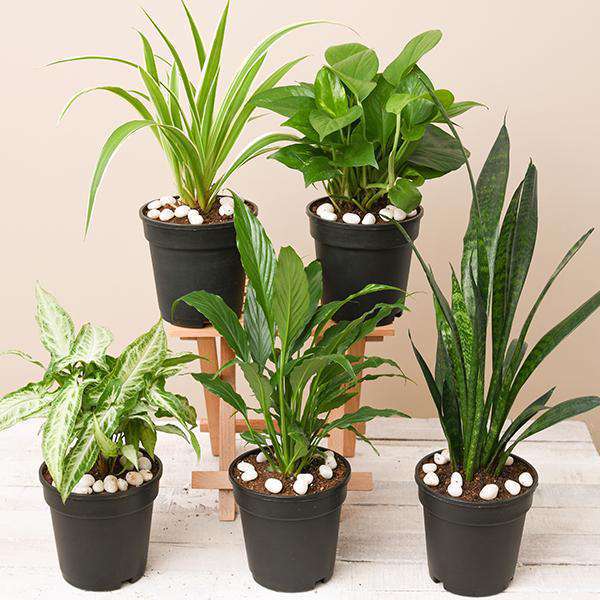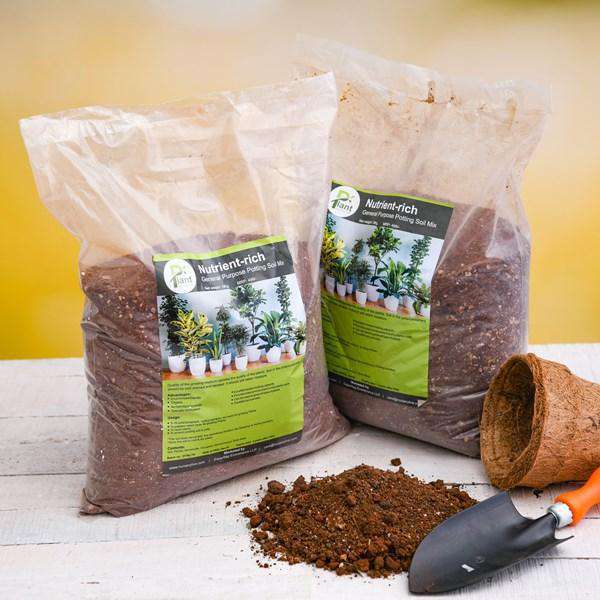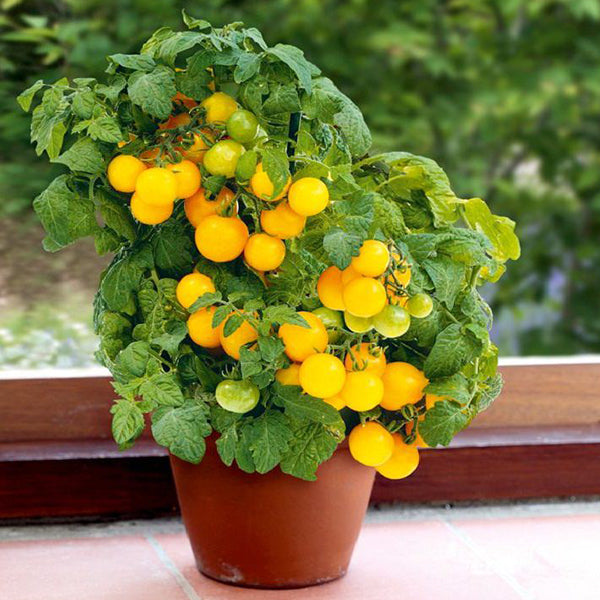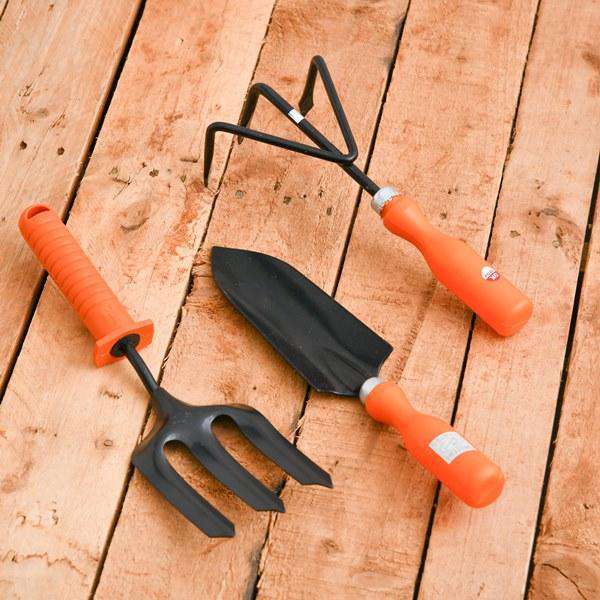Description
Dwarf Magnolia, Cempaka Telur, Cempaka Gondok, Coconut Magnolia
Magnolia is a large genus of about 210 flowering plant species in the subfamily Magnolioideae of the family Magnoliaceae. It is named after French botanist Pierre Magnol. Magnolia is an ancient genus.
Plant Specifications
*above specification are indicative only. actual dimensions may vary by +-10%
| Common Name |
Dwarf Magnolia, Cempaka Telur, Cempaka Gondok, Coconut Magnolia |
| Maximum Reachable Height |
10.00 to 15.00 feet |
| Flower Colour |
Reddish purple with white interior |
| Bloom Time |
April to May |
| Difficulty Level |
easy to grow |
Planting and care
Light: Full sun to partial shade. Moist, peaty soil can help magnolias tolerate full sun. If you are pushing the limits of cold tolerance, avoid planting magnolias in southern exposure since the leaves can be damaged by winter sun and flowers may open prematurely.Water: Magnolias benefit from irrigation the first few years, then they are tolerant of moderate drought.
Magnolia care
Soil: Slightly acidic, moist, loose, well-draining soil. To mimic magnolia natural conditions, amend heavy soil with peat moss and compost.Hardiness: Grow best in Zones 7-10, depending on variety, with a few cultivars hardy to zone 5.
| Sunlight |
Full Sun to Partial Shade |
| Watering |
Medium |
| Soil |
well-drained soil |
| Temperature |
25 to 40 degrees C |
| Fertilizer |
Apply any organic fertilizer |
Magnolia special feature
Beautiful specimen flowering shrub for lawns, foundations, shrub borders or woodland peripheries. May be grown as a tall informal hedge.
Magnolia uses
Ornamental Use:
- The plant is used for ornamental purpose
Medicinal Use:
- Magnolia is a plant
- People use the bark and flower buds to make medicine
- Magnolia is used for weight loss, problems with digestion, constipation, inflammation, anxiety, stress, depression, fever, headache, stroke, and asthma
- These extracts are used to decrease anxiety and nervous tension and to improve sleep


